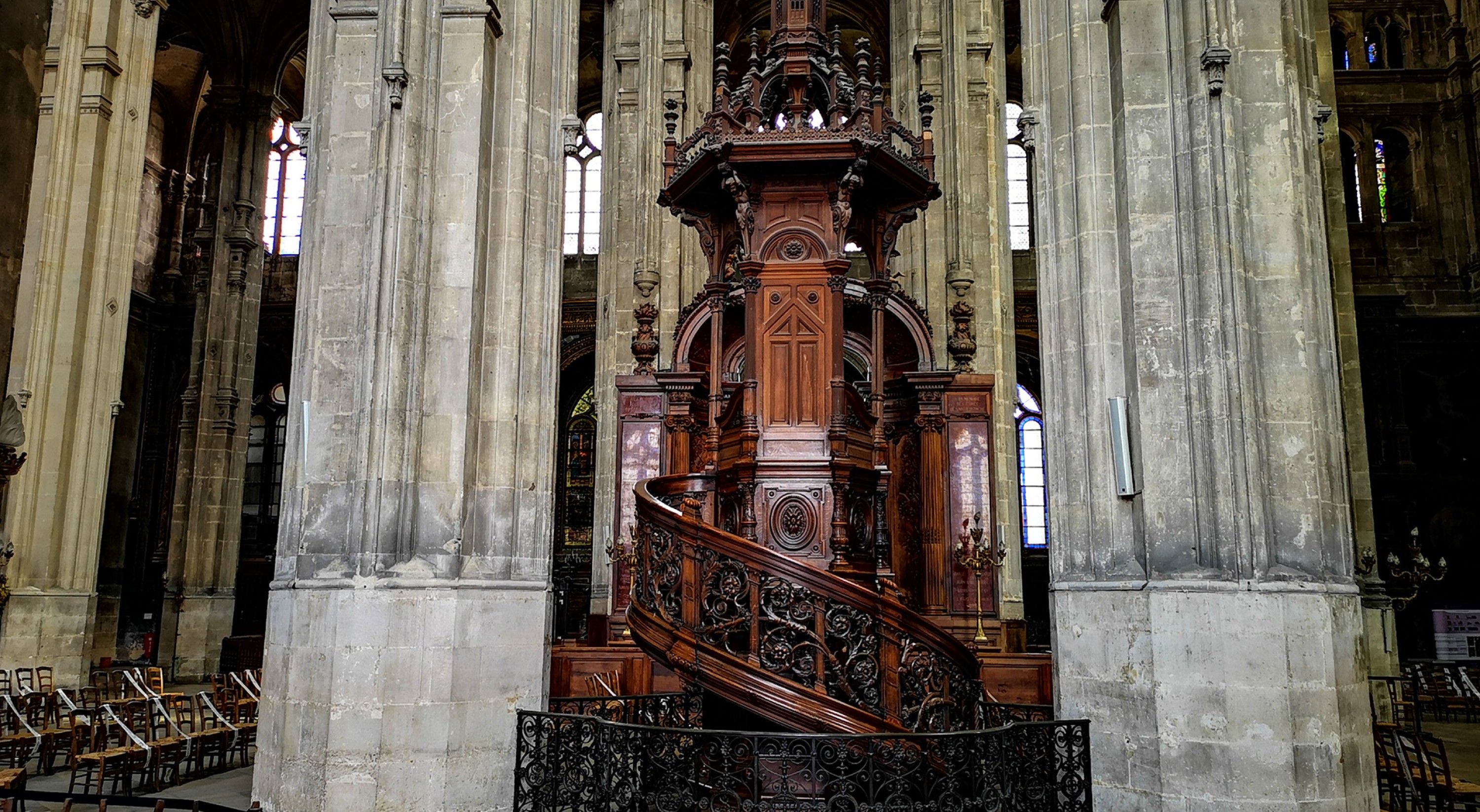Alessandro Bosetti / David Christoffel
Consensus Partium
octoberoct 9
Composition, Alessandro Bosetti and David Christoffel – Commissioned by the Festival d’Automne à Paris
Alessandro Bosetti and David Christoffel, vocalists
Trio Déclic – Valérie Philippin, Noémie Legendre, Frederike Borsarello
Maxime Morel, tuba and trombone
Matthias Champon, trumpet
Nicolas Chedmail, horn
Production: Festival d’Automne à Paris
In collaboration with La Muse en circuit
With the support of Sacem
In the oratorio for three female voices, three brass instruments, two radio voices and electronics, Alessandro Bosetti and David Christoffel have reinvented prosody with involvement from the echo of the church, as text, sound, song and music resonate.
Alessandro Bosetti and David Christoffel have the same approach with practices articulated and balanced between musical composition, radio creation and poetry. Here Consensus Partium is extending an invitation, not so much to a dialogue between words and music, but rather to contact and friction between words and music in an oratorio featuring the scansion of different pieces for three female voices, three brass instruments, two radio voices and electronics. Valérie Philippin’s Trio Déclic has ventured into the domain of sound poetry. Elements can take shape as solos, duos, polyphonies in space, or as an electroacoustic homily, with distinctive effects determined by distance, at extremely close range or far away, as heard in radio productions or in the vast space of a church. Consensus Partium aspires to supreme proportions, and the title is a reference to the rule formally stated by the Renaissance architect Leon Battista Alberti asserting that beauty comes from the coherence of parts to the whole. While the rule has inspired architects, musicians and painters, the model does not apply here to the works as composed by Alessandro Bosetti and David Christoffel, each writing independently, and with the art of linking them seamlessly.

